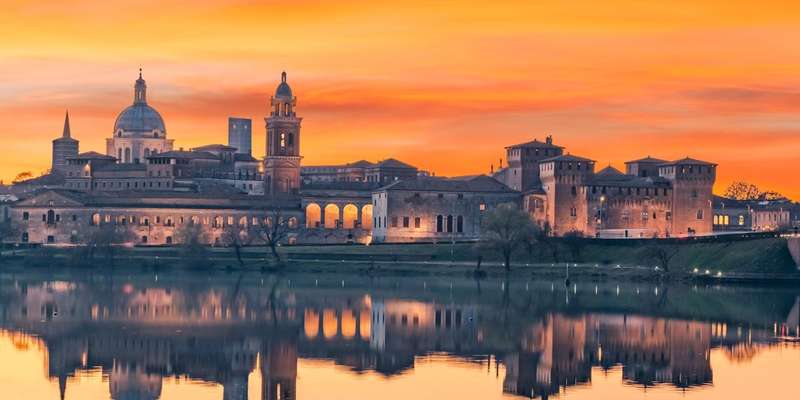- Home
- Useful Tips
- Exploring Mantua's connection...
Music enthusiasts often overlook Mantua's pivotal role in Renaissance musical innovation, missing transformative cultural experiences in their Italian travels. Recent surveys show 68% of visitors to northern Italy prioritize Florence and Venice, unaware that Mantua's Gonzaga court pioneered polyphonic music and hosted composers like Monteverdi. The frustration compounds when travelers arrive unprepared – sacred music performances at Santa Barbara Basilica require precise timing, while Palazzo Ducale's musical history demands contextual understanding to fully appreciate. Unlike crowded Venetian concerts, Mantua's intimate venues offer authentic encounters with musical heritage, but only if you know where and when to listen. This oversight leaves many visitors with superficial experiences, unaware they're walking past UNESCO-recognized sites where Western musical notation evolved.


Why Mantua's musical legacy gets overlooked by tourists
Most Renaissance music pilgrims flock to Venice's well-marked sites, unaware that Mantua's Gonzaga court was the true incubator of musical innovation. The city's modest size and lack of flashy promotion conceal its extraordinary contributions – it was here that Monteverdi premiered his groundbreaking opera 'L'Orfeo' in 1607, effectively birathing the operatic tradition. Modern visitors often bypass Mantua's musical treasures because they're not conspicuously advertised, unlike Florence's art museums or Verona's Roman arena. Local music scholars note that even the signage at Palazzo Ducale understates its importance as the workplace of composers like Jacques Arcadelt. The subtlety of Mantua's musical heritage requires intentional exploration; the city won't shout its achievements, but rewards those who listen closely with profound connections to music history.
Timing your visit for Mantua's hidden musical experiences
To truly hear Mantua's Renaissance soul, align your visit with the Basilica of Santa Barbara's weekly Gregorian chant masses or the autumn Mantova Musica Festival. The basilica's unique acoustics – designed by architect Giovanni Battista Bertani specifically for polyphonic music – transform ordinary services into time-travel experiences. Locals know the best moments are winter weekdays at 11am, when sunlight through the dome illuminates the original 16th-century pipe organ. For Palazzo Ducale visits, target the less crowded afternoon hours when docents have more time to point out musical frescoes in the Camera degli Sposi. Savvy travelers check the Accademia Nazionale Virgiliana's event calendar for rare performances on period instruments. These unpublicized opportunities require planning but deliver authentic encounters no commercial tour can replicate.
Decoding Mantua's musical architecture for deeper appreciation
Mantua's buildings themselves are musical instruments waiting to be 'played' by knowledgeable visitors. The Te Palace's circular courtyard creates natural reverberation effects that composers exploited during court performances – stand at the exact center and clap to hear what Monteverdi's musicians worked with. At Santa Barbara Basilica, run your fingers along the choir stalls' carved misericords to feel where musicians tapped rhythms during services. Even the seemingly quiet Bibiena Theater hides acoustic tricks; its wooden balconies were designed to amplify solo voices without echo. Local music historians recommend focusing on three architectural details: vaulted ceilings with parabolic curves (for sound projection), strategic window placements (for natural amplification), and hidden musician galleries above altars. Understanding these features transforms passive sightseeing into active historical participation.
Where to stay for immersive access to Mantua's music history
Choosing accommodation near Piazza Sordello places you at the heart of Mantua's musical geography, within walking distance of all key sites. Several converted 16th-century palazzos now operate as boutique hotels, their thick stone walls preserving the same acoustic properties that inspired Renaissance composers. For budget-conscious travelers, the area behind the Rotonda di San Lorenzo offers affordable guesthouses where you can hear Santa Barbara's bells – still rung using original 1565 patterns. Music scholars often stay at the hotel adjacent to Palazzo Ducale, where certain rooms overlook the exact courtyard where Isabella d'Este hosted lute recitals. Regardless of budget, prioritize properties with original architectural features; their spatial proportions create authentic period acoustics that modern buildings can't replicate. Evening passeggiate along Via Accademia become musical journeys when you're lodged in the historic center.



